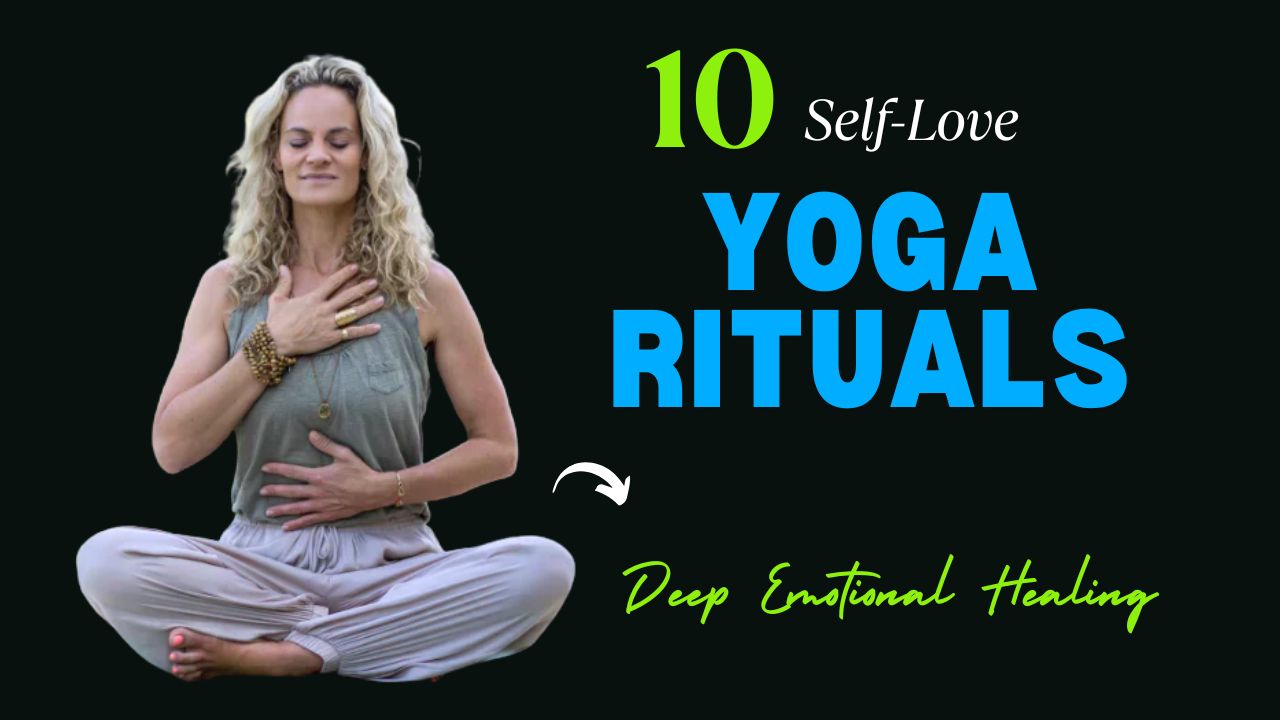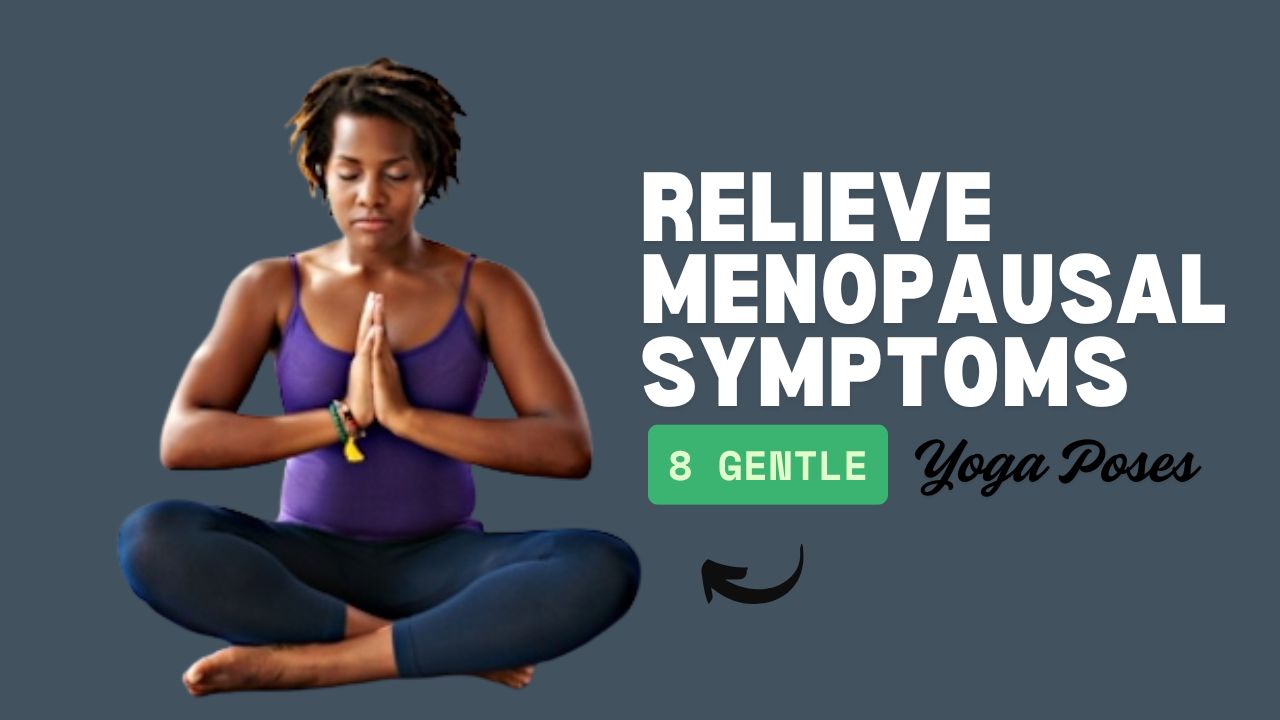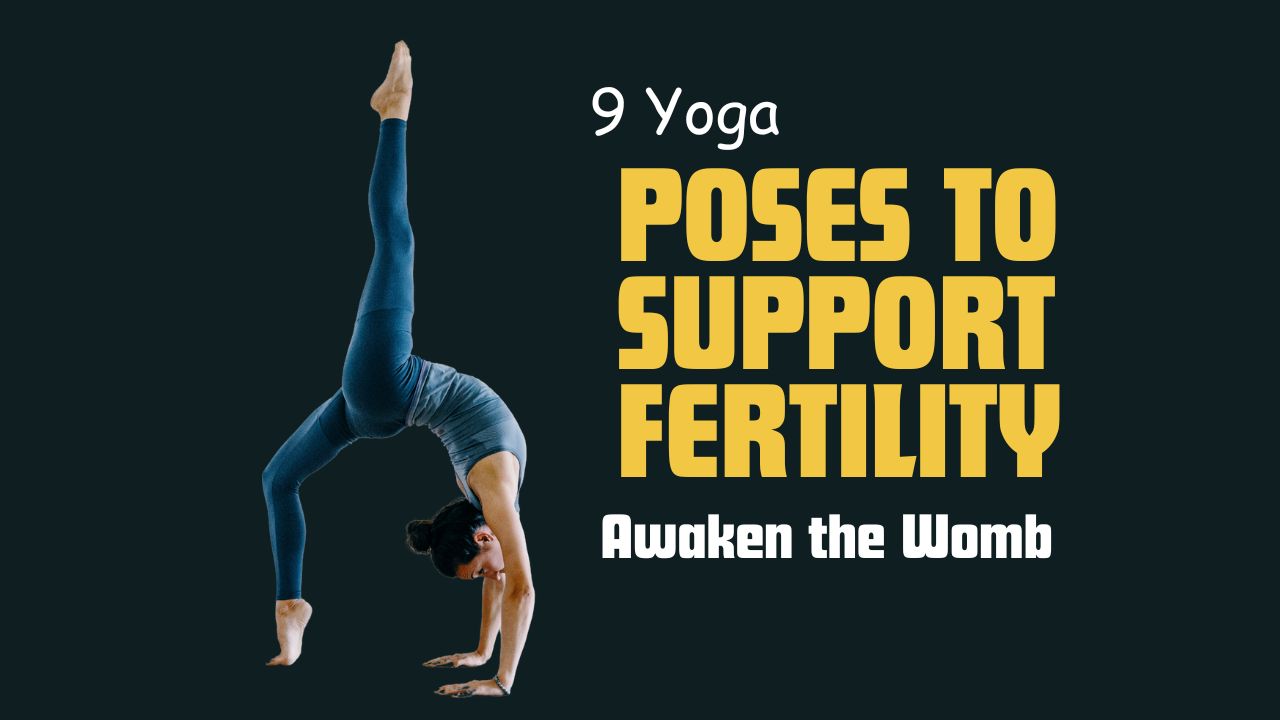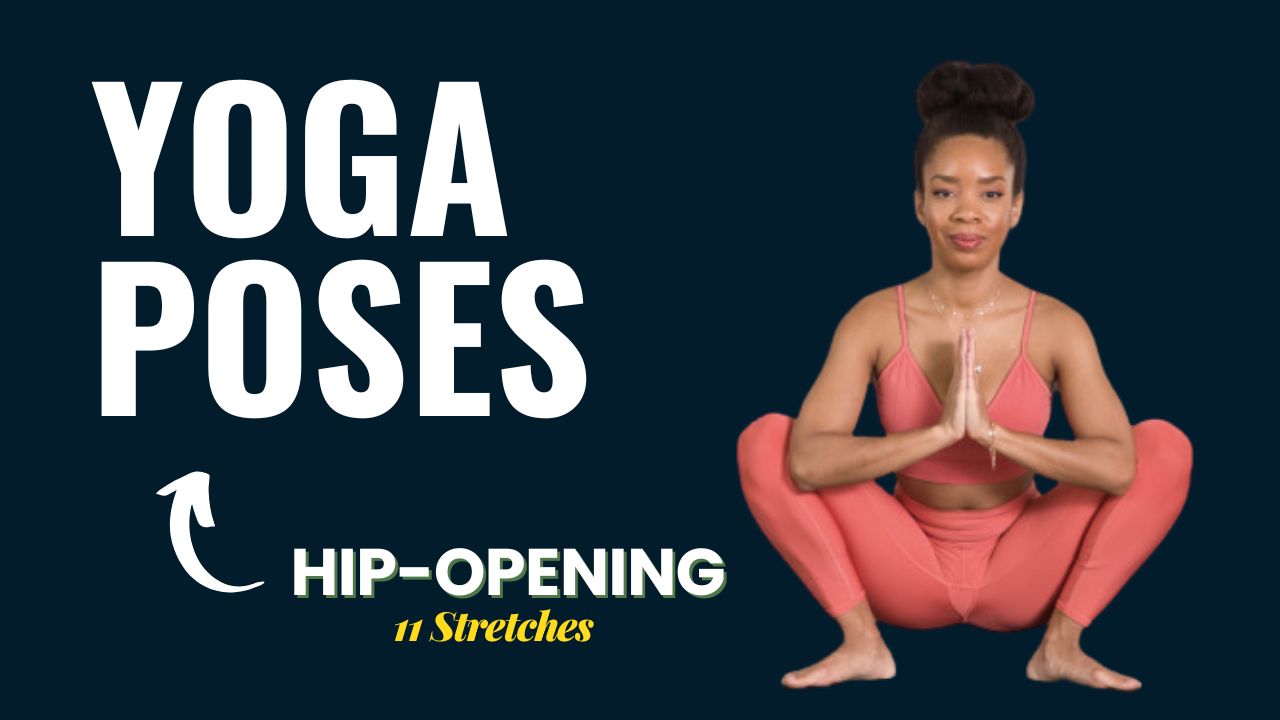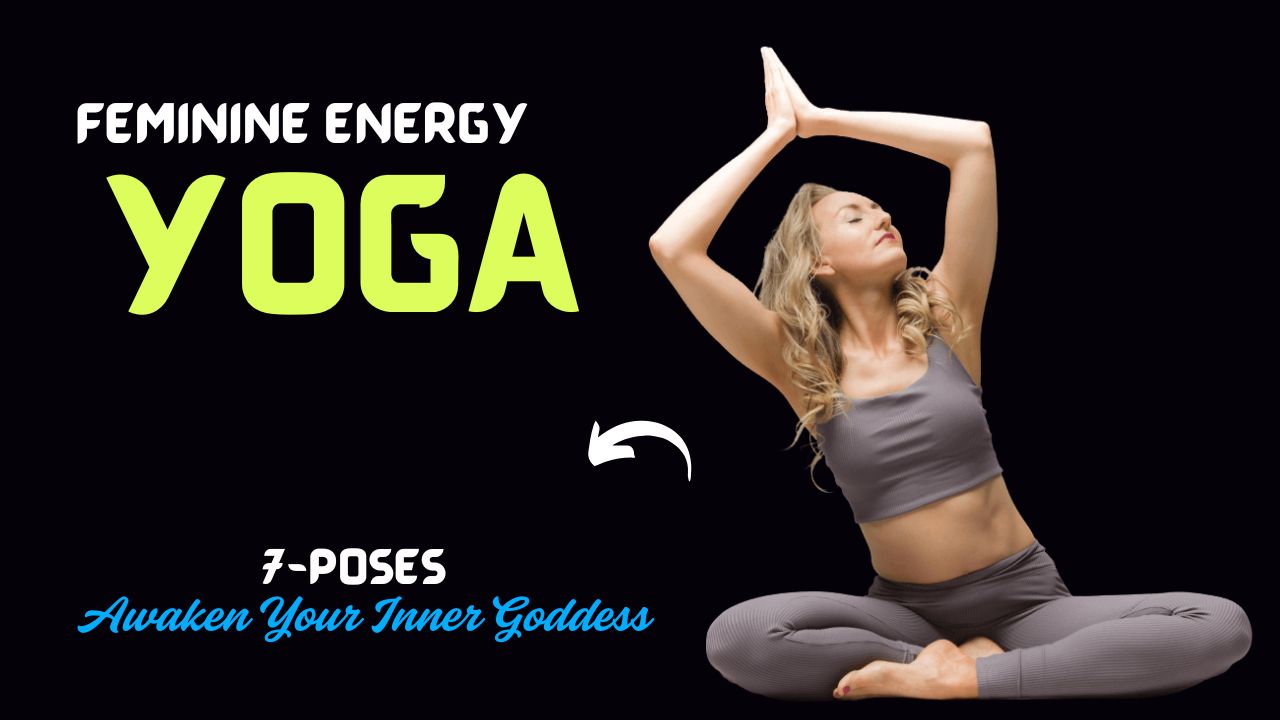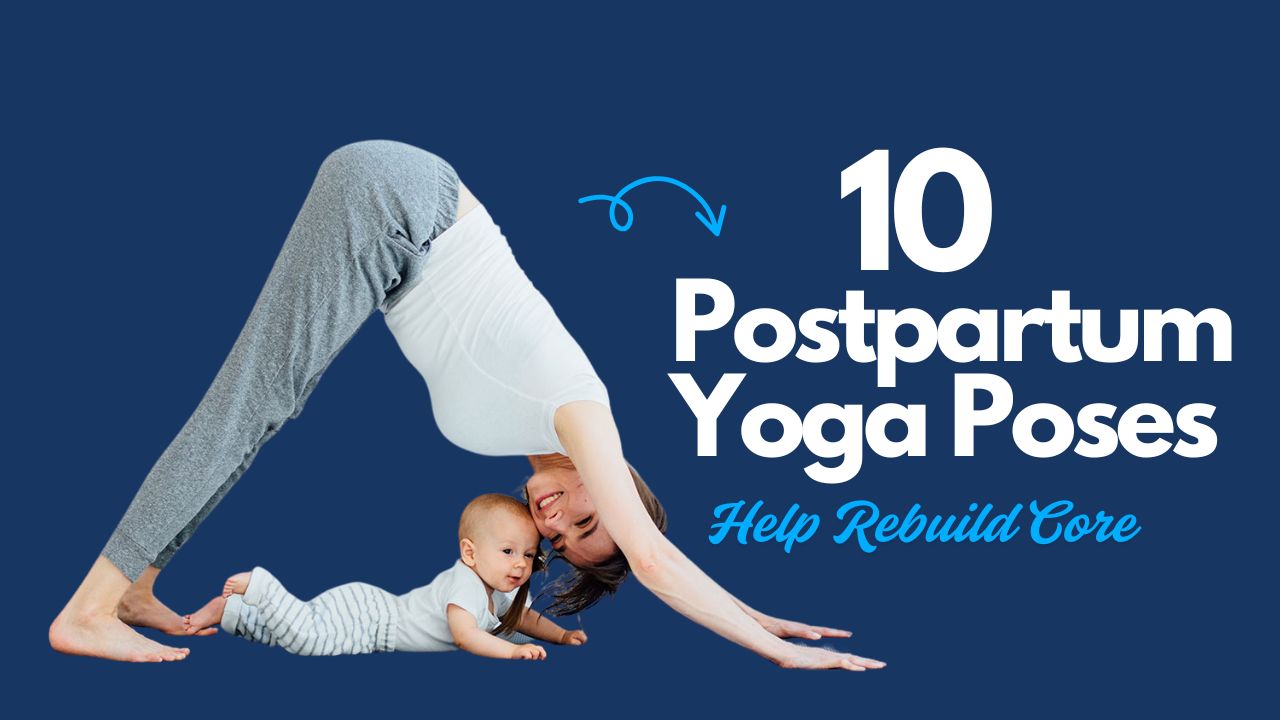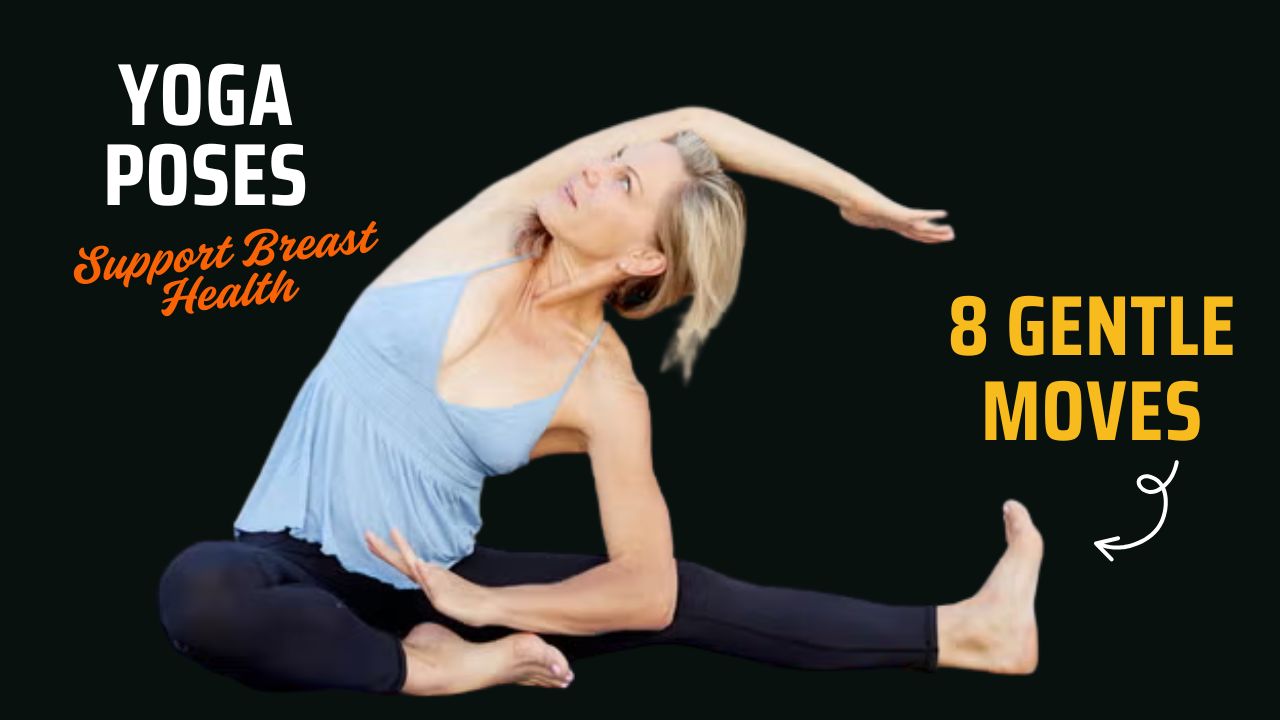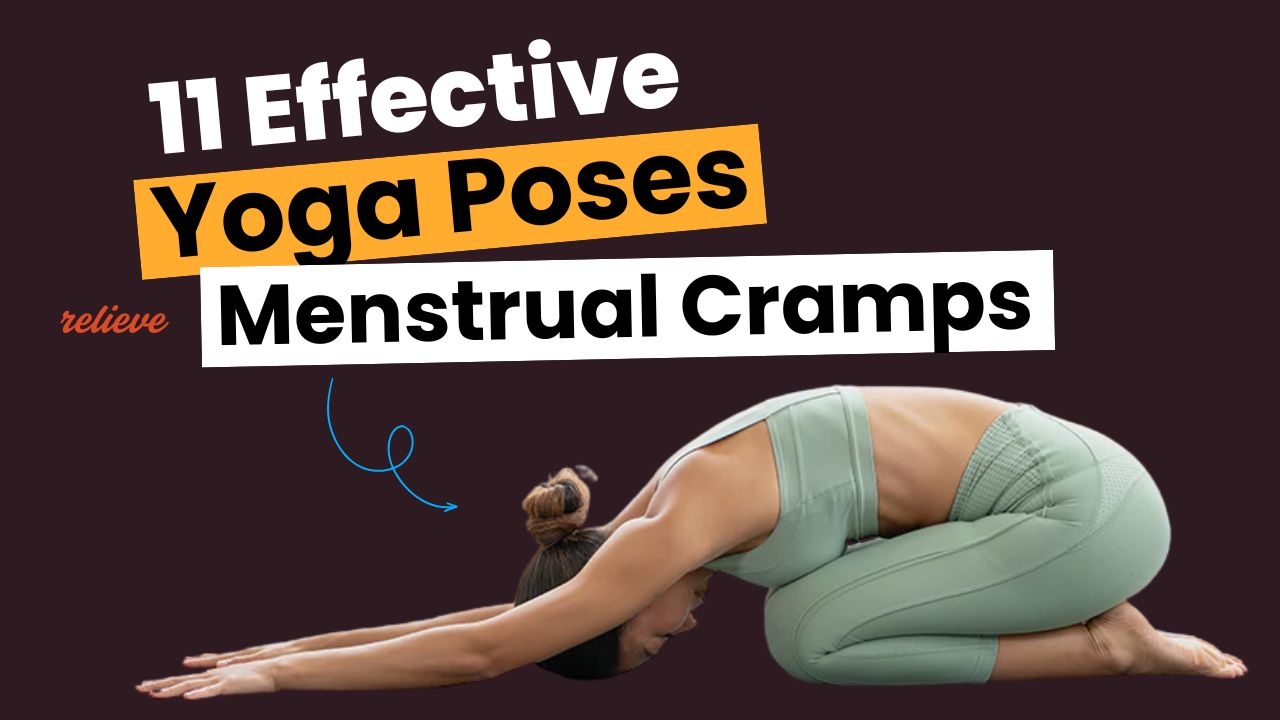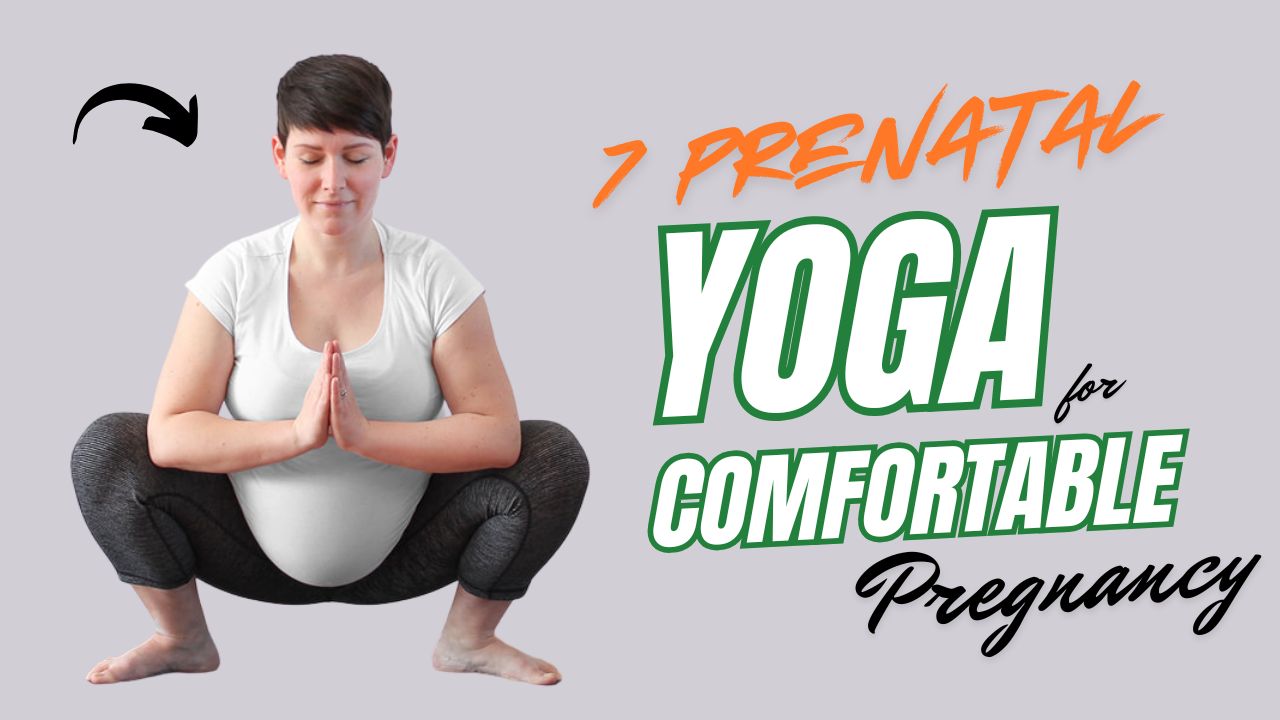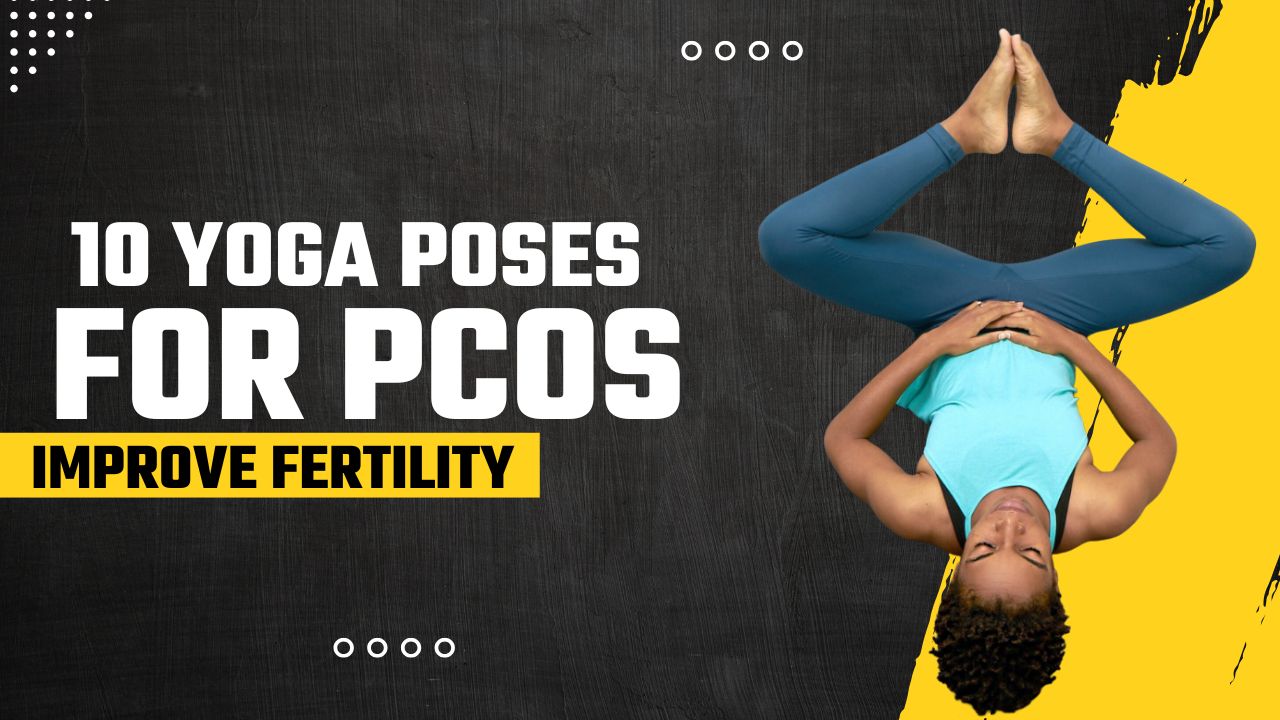What if the key to deep emotional healing wasn’t in fixing what’s broken—but in loving what already is?
Most people think healing starts with effort, change, or external help. But science and ancient wisdom agree: emotional healing often begins from within—with awareness, acceptance, and the power of self-love. And one of the most grounding and accessible paths to this inner transformation is through yoga.
Yoga, far beyond physical flexibility, holds the power to reconnect you with your emotional body. When paired with intentional self-love rituals, it becomes a gentle but powerful therapy for healing old wounds, calming the nervous system, and fostering true self-worth.
In this guide, we’ll walk you through 10 deeply effective self-love yoga rituals, each one intentionally designed to promote emotional release, self-compassion, and inner peace.
These aren’t just yoga poses—they are mindful practices, complete with “how-to” steps, introspective prompts, and supportive routines.
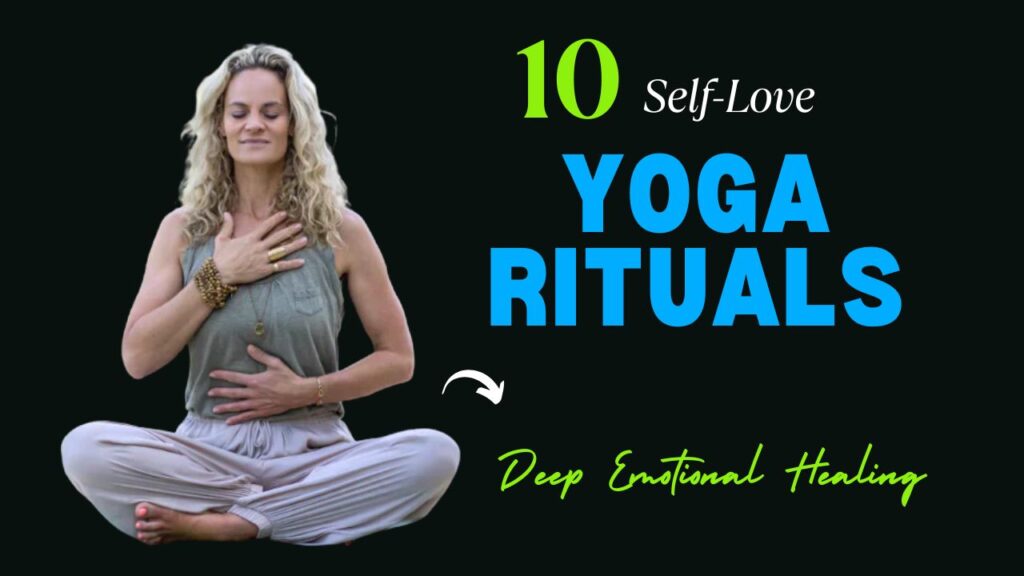
Table of Contents
What Can Happen After 30 Days of Practicing Self-Love Yoga Rituals
| Positive Changes You May Experience | Why It Happens |
|---|---|
| Increased emotional awareness | Regular mindful movement and journaling heighten your ability to notice feelings. |
| Reduced stress and anxiety levels | Breathwork and grounding poses calm the nervous system and reduce cortisol. |
| Improved self-compassion and inner dialogue | Daily affirmations and mirror practices rewire negative thought patterns. |
| Better sleep quality | Evening rituals and Yoga Nidra activate the parasympathetic (rest) response. |
| Greater sense of worth and emotional resilience | Heart- and sacral-opening flows release shame, guilt, and rejection. |
| Enhanced flexibility and body connection | Consistent movement reconnects you to your physical and emotional body. |
| Increased clarity in personal boundaries and emotional needs | Reflection and journaling provide space for introspection and healing. |
| Less emotional reactivity in daily life | Awareness practices reduce impulsive responses and deepen emotional control. |
Do’s and Don’ts of Self-Love Yoga for Emotional Healing
| Do | Don’t |
|---|---|
| Practice with intention, not just motion. | Don’t rush through poses just to “complete” the session. |
| Listen to your body and modify poses as needed. | Don’t force yourself into uncomfortable postures. |
| Use affirmations or mantras to deepen your self-love experience. | Don’t let negative self-talk take over during your practice. |
| Create a calming, distraction-free space for your rituals. | Don’t practice in a chaotic or noisy environment if you can avoid it. |
| Be consistent—even short sessions matter over time. | Don’t wait for a “perfect” time or mood to start. |
| Allow emotions to surface and be witnessed without judgment. | Don’t suppress or avoid emotional responses that arise. |
| Journal after sessions to reflect and release thoughts. | Don’t ignore insights or inner messages that come up during yoga. |
| Start slowly and build your emotional awareness with each ritual. | Don’t expect instant transformation—healing takes time. |
10 Self-Love Yoga Rituals for Emotional Healing
1. Heart-Opening Flow: Release Stored Emotions
Did you know? The heart center (Anahata chakra) is believed to store emotional pain from past relationships, grief, and rejection.
This ritual uses gentle backbends to open up your chest and invite emotional release.
How to Practice:
- Begin in a child’s pose for grounding.
- Move into a slow cat-cow stretch, followed by cobra pose and camel pose.
- End with supine butterfly, placing hands over your heart.
- Focus on breath: inhale love, exhale tension.
Time: 10–15 minutes
Tip: Whisper self-affirmations like “I am open to healing” with each breath.
2. Mirror Yoga Practice: Reclaim Self-Worth
Practicing yoga in front of a mirror may sound uncomfortable, but it offers a powerful reality check. It reflects not just your physical body, but your attitude toward yourself.
How to Practice:
- Choose a gentle 5–10 minute flow (e.g., mountain, warrior II, tree pose).
- Look into your eyes with intention.
- End the session with seated meditation, repeating “I am enough” for 3–5 minutes.
Insight: This ritual reveals your inner dialogue—and helps you rewrite it.
3. Moon Salutations Under Soft Light: Embrace Feminine Energy
Unlike the energizing sun salutations, moon salutations (Chandra Namaskar) are calming, introspective, and ideal for emotional balance.
How to Practice:
- Dim the lights or practice under moonlight.
- Flow through: mountain – side stretch – goddess – triangle – pyramid – low lunge – forward fold – return.
- Move slowly with full body awareness.
Why it works: Moon energy supports emotional receptivity, reflection, and inner connection.
4. Sacral Chakra Flow: Release Guilt & Shame
Your sacral chakra (Svadhisthana), located in the pelvis, governs emotions, creativity, and self-worth.
How to Practice:
- Begin with hip circles and pelvic tilts.
- Add bound angle pose (Baddha Konasana) and pigeon pose on both sides.
- Include gentle hip openers and sway during breathing.
Duration: 15–20 minutes
Journal Prompt: What emotions am I still holding in my hips?
5. Self-Massage + Yin Yoga: Soothe the Nervous System
Yin yoga targets the deep connective tissue and, when paired with mindful touch, becomes a nurturing ritual.
How to Practice:
- Apply warm oil (like sesame or almond) to arms, legs, and heart center.
- Move into reclined butterfly, sphinx pose, and legs up the wall.
- Hold each pose for 3–5 minutes.
Note: Yin activates the parasympathetic nervous system—your body’s healing state.
6. Forgiveness Flow: Let Go Through Movement
Myth: Forgiveness means excusing the wrong.
Truth: Forgiveness sets you free, not the other person.
How to Practice:
- Begin with sun salutations to activate energy.
- Transition into crescent lunge, twisted lunge, and revolved triangle (symbolizing letting go).
- End with savasana, visualizing the person or situation and saying, “I release this pain to protect my peace.”
Optional: Burn a piece of paper with a written resentment afterward.
7. Breath-Focused Flow: Reconnect to Your Present Body
Emotions often disconnect us from the now. Breath-centered yoga realigns us with what is.
How to Practice:
- Match breath with movement (inhale – rise, exhale – release).
- Use inhale to stretch, exhale to surrender.
- Recommended poses: mountain, forward fold, downward dog, low lunge, child’s pose.
Time: 10–15 minutes
Mantra to repeat: “This moment is enough.”
8. Yoga Nidra for Inner Child Healing
Fact: The subconscious mind is most receptive in a semi-sleep state.
Yoga Nidra (yogic sleep) is a guided meditation that rewires emotional patterns gently.
How to Practice:
- Lie down in savasana, cover with a blanket.
- Use a guided Yoga Nidra audio focused on inner child healing.
- Allow your body to rest completely while the mind journeys inward.
Duration: 20–30 minutes, ideally before bed.
Effect: Reduced emotional reactivity, increased self-acceptance.
9. Gratitude Flow at Sunrise: Start With Love
Morning gratitude primes your brain for positivity, making your yoga more healing.
How to Practice:
- Flow through sun salutations A & B with gratitude in mind.
- In each pose, mentally name one thing you appreciate about your body or life.
- End in prayer pose, sealing your intention with “thank you.”
Note: Gratitude shifts focus from wounds to worth.
10. Journaling + Savasana Ritual: Integrate & Anchor
Healing deep emotions takes conscious reflection. This final ritual combines journaling with stillness to help you integrate what’s surfaced.
How to Practice:
- After your yoga session, sit with your journal.
- Prompts:
- What did I feel in my body today?
- What old pattern am I ready to release?
- What does self-love mean for me now?
- Then lie in savasana with one hand on your heart, one on your belly. Stay for 10 minutes.
Final Words
Self-love isn’t an instant transformation—it’s a daily decision to treat yourself with gentleness, to pause when it hurts, and to keep showing up.
These yoga rituals offer more than flexibility or strength; they offer emotional clarity, nervous system healing, and most importantly, a return to your true self.
Start where you are. Pick one ritual. Repeat it. Let it deepen. And in time, your inner world will shift—quietly but profoundly.
Frequently Asked Questions (FAQs)
What is self-love yoga?
Self-love yoga is a mindful practice that combines traditional yoga movements with emotional awareness, affirmations, and intentional rituals to nurture compassion, acceptance, and inner healing.
Can yoga really help with emotional healing?
Yes. Yoga helps regulate the nervous system, reduces stress hormones, releases stored emotional tension, and fosters mindfulness—making it a powerful tool for emotional healing.
Do I need to be flexible or experienced to try these rituals?
Not at all. These rituals are designed for all levels. You can modify the poses as needed and focus more on the emotional intention than physical perfection.
How often should I practice these self-love yoga rituals?
Start with 2–3 sessions per week and gradually increase as it feels right. Even a short daily practice (10–15 minutes) can make a noticeable emotional impact over time.
What time of day is best for emotional healing yoga?
Evening and early morning are ideal. Evening sessions help release daily emotional buildup, while mornings help you start the day grounded and centered in self-love.
Can I combine multiple rituals in one session?
Absolutely. You can blend 2–3 rituals depending on your time and emotional needs. For example, pair a heart-opening flow with gratitude journaling and savasana.
What should I focus on during these rituals—breath, body, or emotion?
All three matter. Begin by connecting with your breath, notice how your body responds in each pose, and allow any emotions to rise without judgment. Integration happens when all three align.
What if I get emotional or cry during a session?
That’s completely normal and even therapeutic. Emotional release is a natural part of healing. Let the feelings flow, stay with your breath, and honor your process.
Can I do these rituals alongside therapy or other emotional work?
Yes. These yoga rituals complement therapy, journaling, and other healing modalities by helping the body process what the mind uncovers.
Do I need any special props for these practices?
No special equipment is needed. However, a yoga mat, a bolster or pillow, and a quiet space can enhance your comfort and experience.
